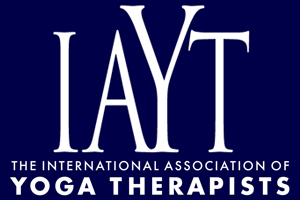Editorial Type:
Article Category: Research Article
| Online Publication Date: 28 Oct 2013
Dosage as a Critical Variable in Yoga Therapy Research
Dosage as a Critical Variable in Yoga Therapy Research
Page Range: 11 – 12
The sophistication of yoga therapy research has progressed substantially. Researchers are beginning to identify outcomes that are uniquely associated with yoga therapy practices. Creditable research requires rigorous study design and careful attention to measurement and methodology. It is a process of excavation. As with other fields, much of yoga research started with general, surface-level questions: Does yoga help individuals who have arthritis, anxiety, or an eating disorder? Does yoga prevent the onset of these and other difficulties? Does yoga promote health? There is accumulating evidence that it may do each of these things and more.
Kirkwood, G., Rampes, H., Tuffrey, V., Richardson, J., & Pilkington, K. (2005). Yoga for anxiety: A systematic review of the research. British Journal of Sports Medicine, 39, 884-891.
Klein, J., & Cook-Cottone, C. P. (in press). A systematic review of yoga for the treatment of eating disorders. International Journal of Yoga Therapy.
Martin, C. K., Chruch, T. S., Thompson, A. M., Earnest, C. P., & Blair, S. N. (2009). Exercise dose and quality of life. Archives of Internal Medicine, 3, 269-278.
Ross, A., Friedmann, E., Bevans, M., & Thomas, S. (2012). Frequency of yoga practice predicts health: Results from a national survey of yoga practice. Evidence-based Complementary and Alternative Medicine, 10.
Satchidananda, S. (2012). The yoga stutras of Patanjali. Buckingham, VA: Integral Publications.
Sherman, K. J. (2012). Guidelines for developing yoga interventions for randomized trials. Evidence-based Complementary and Alternative Medicine, 16.
Uebelacker, L., Epstein-Lubow, G., Gaudiano, B. A., Tremont, G., Battle, C. L., & Miller, I. W. (2010). Hatha yoga for depression: Critical review of the evidence for efficacy, plausible mechanism of action, and directions for future research. Journal of Psychiatric Practice, 16, 22-33.
